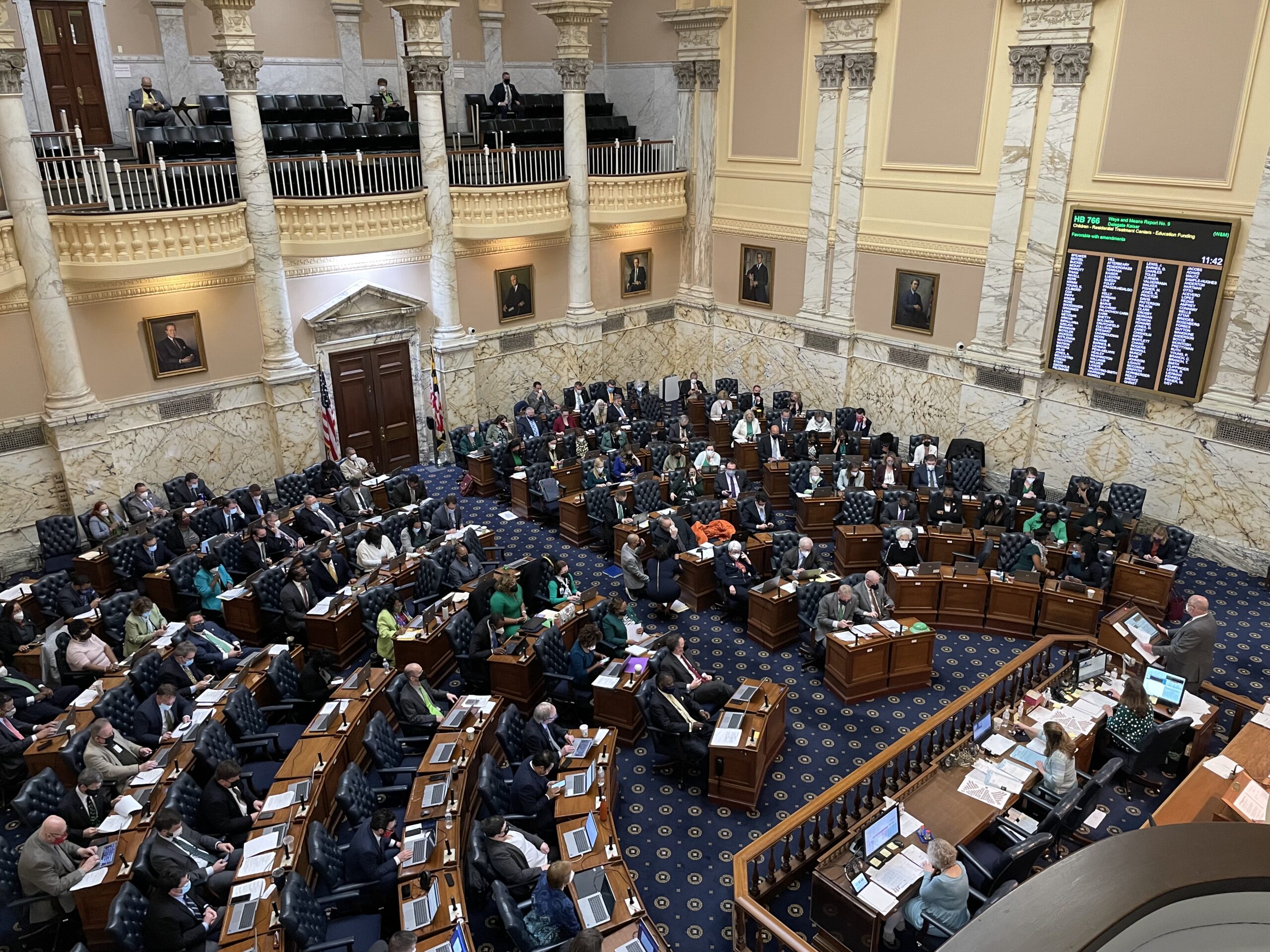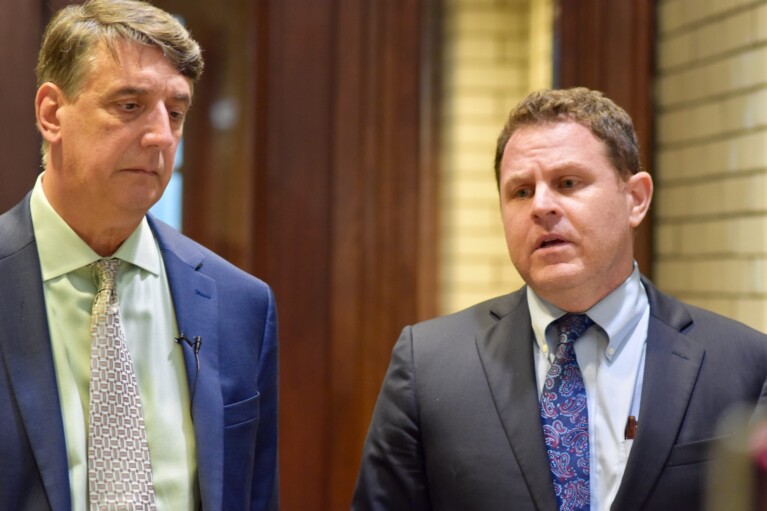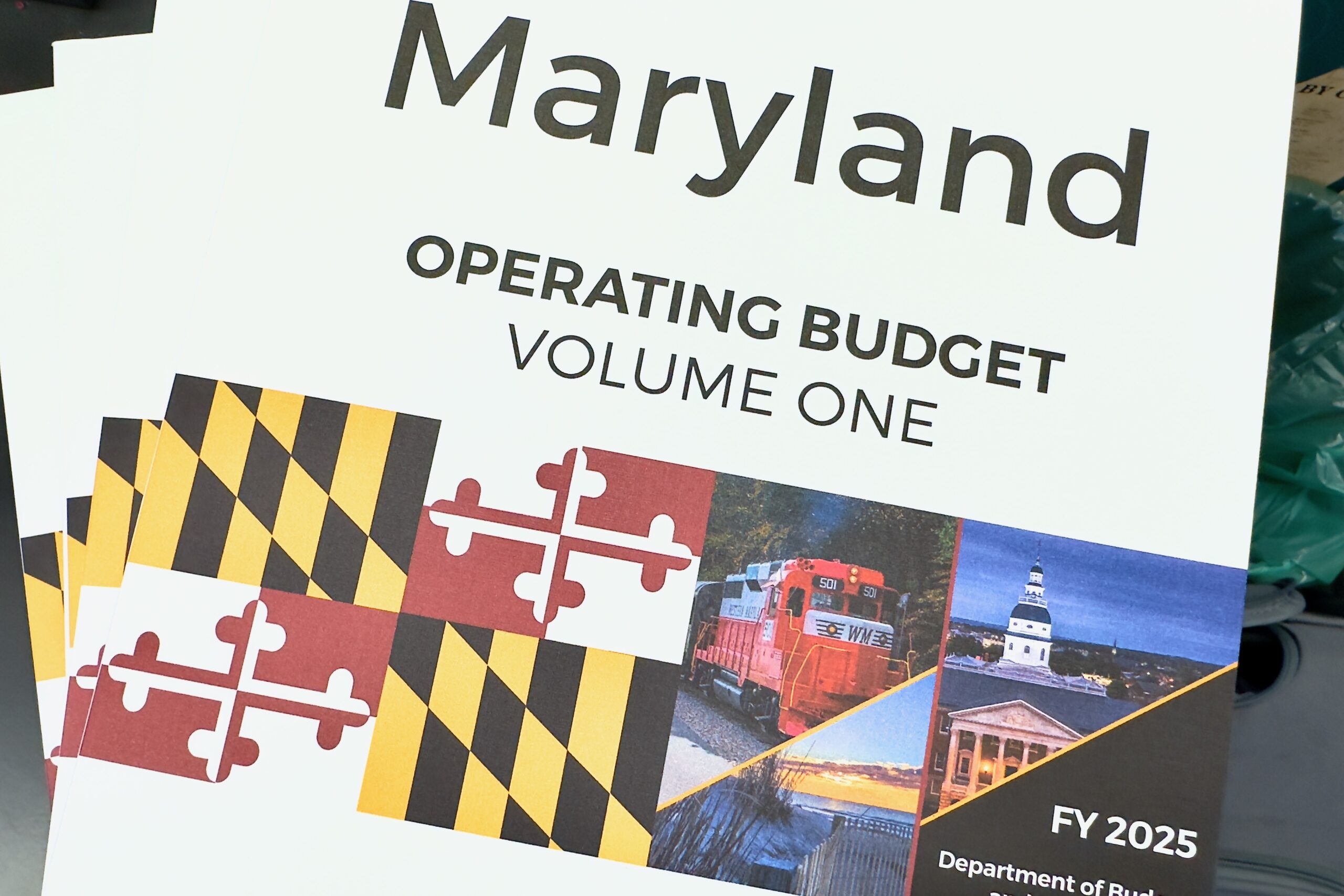Study: Cash Assistance Program Off the Mark, But Funding Boost Unlikely

As Maryland lawmakers work to increase funding for the state’s Temporary Cash Assistance (TCA) program, a recent study by the U.S. Center for Budget and Policy Priorities revealed that most states, including Maryland, are not using existing TCA funds for their intended purpose.
Temporary Assistance for Needy Families (TANF) is a federal program that was designed to help recipients of temporary cash assistance find and maintain work that would eventually reduce their need for supplementary income. In 1996, TANF replaced Aid to Families with Dependent Children (AFDC) and established a $16.5 billion federal block grant that is divided annually among the 50 states and designated for the core programs of TANF, including basic cash assistance, work-related activities, work supports and child care.
Under TANF, states are also required to allocate at least 80 percent of what they spent under AFDC to receive their portion of the federal block grant.
However, the study by the U.S. Center for Budget and Policy Priorities reported that on average, states spent only about 53 percent of their combined federal and state funds on the core programs of TANF.
The Maryland Center on Economic Policy reported that Maryland spends 54 percent of the existing TANF funds on non-core programs, including earned income tax credits, pre-K education, and utility assistance.
“The federal policymakers who created TANF didn’t intend for states to use their funds for such services,” researchers Liz Schlott, Ife Floyd and Ashley Burnside wrote in their study. And when states use their TANF funds this way, they leave fewer resources to provide cash assistance, child care and employment assistance, even though the need remains high.
According to the Maryland Center on Economic Policy, Maryland falls below the national average, spending only 40 percent of its combined federal and state TANF funds on core areas in 2016. In the same year, Maryland spent only 24 percent of these funds on basic cash assistance, the primary reason the program came into existence.
An article published by the Maryland Center on Economic Policy said “while these non-core programs and services support other important state priorities and should not be eliminated, policymakers should fund them with non-TANF dollars”
Maryland’s TANF program is called Temporary Cash Assistance (TCA) and offers basic cash assistance to struggling families in Maryland. In 2016, the maximum TCA payment that could be made to an eligible family of three was $648 a month, only 32 percent of the federal poverty line.
A bill sponsored by Sen. Guy J. Guzzone (D-Howard) and Del. Geraldine Valentino-Smith (D-Prince George’s) would boost funding for the temporary cash assistance program to increase the payment to a greater percentage of the state minimum living level (MLL). The MLL is the state’s personalized version of the federal poverty line that is specific to Maryland residents.
But the bill is bottled up in the House Appropriations Committee and the Senate Budget and Taxation Committee. A legislative analysis found that the bill could cost the state an extra $4.6 million in fiscal year 2021 and rise to $23.4 million extra by fiscal 2025.
In theory, the funds requested in the Guzzone/Valentino-Smith legislation should already exist but are being allocated to programs that aren’t intended for the use of TANF dollars, said Benjamin Orr, the executive director of the Maryland Center on Economic Policy.
“The non-core things that we spend money on currently are also really important,” he said. “We need to make sure that as we shift money to TANF…we also make sure that we are not disinvesting in these other important areas…that’s why it’s not as simple as just moving money around.”
The Guzzone/Valentino-Smith bill would raise Maryland’s TCA payment to 71 percent of the Maryland minimum living level by 2025.
“If we call it the minimum living level, we ought to provide the minimum living level,” said Orr.
A major flaw in TANF that continues to contribute to the dropping value of cash assistance is that the minimum spending requirement for states, called the “maintenance of effort” requirement, has not been adjusted for inflation since 1996. The annual federal block grant of $16.4 billion has also not been adjusted. Both the maintenance of effort requirement and the federal block grant have decreased in value by one-third due to deflation, subsequently decreasing the value of both federal and state funds meant for TANF programs.
As a result, fewer families are benefiting from TCA since the adoption of TANF and the abandonment of the AFDC. The Maryland Center on Economic Policy reported that under the AFDC, 97 out of 100 Maryland families below the federal poverty line received cash assistance. Under TANF, this figure has decreased to 39 out of 100 families receiving any kind of cash aid.



 Creative Commons Attribution
Creative Commons Attribution